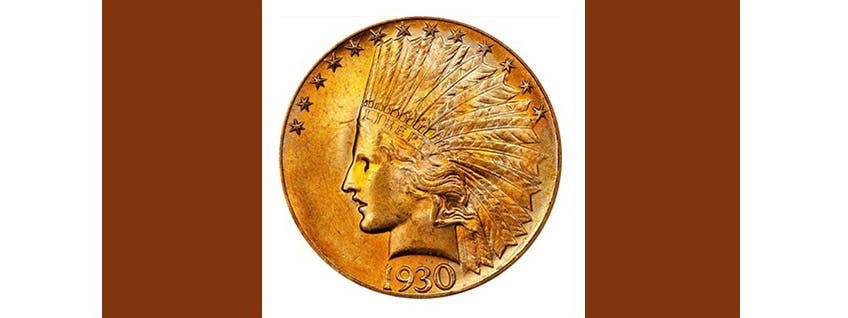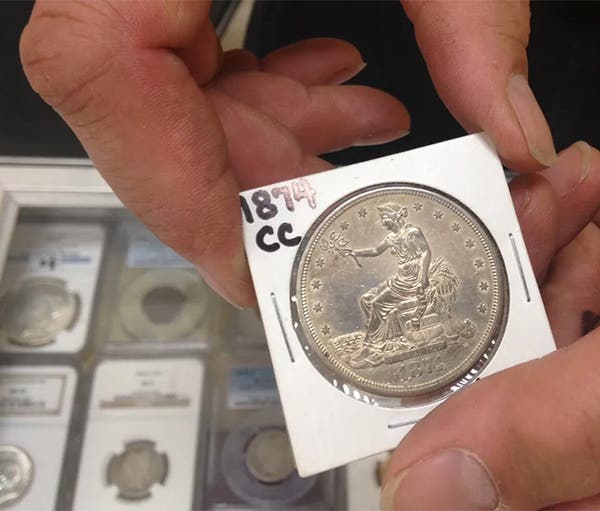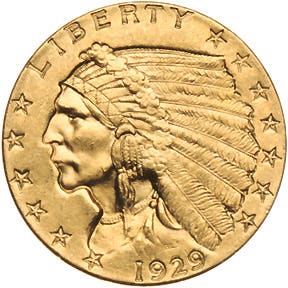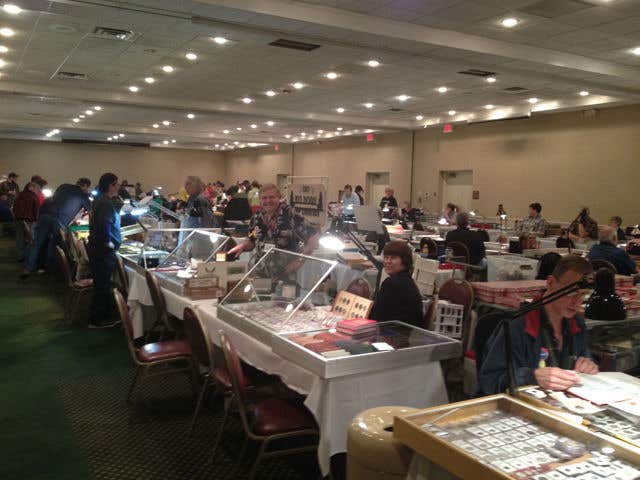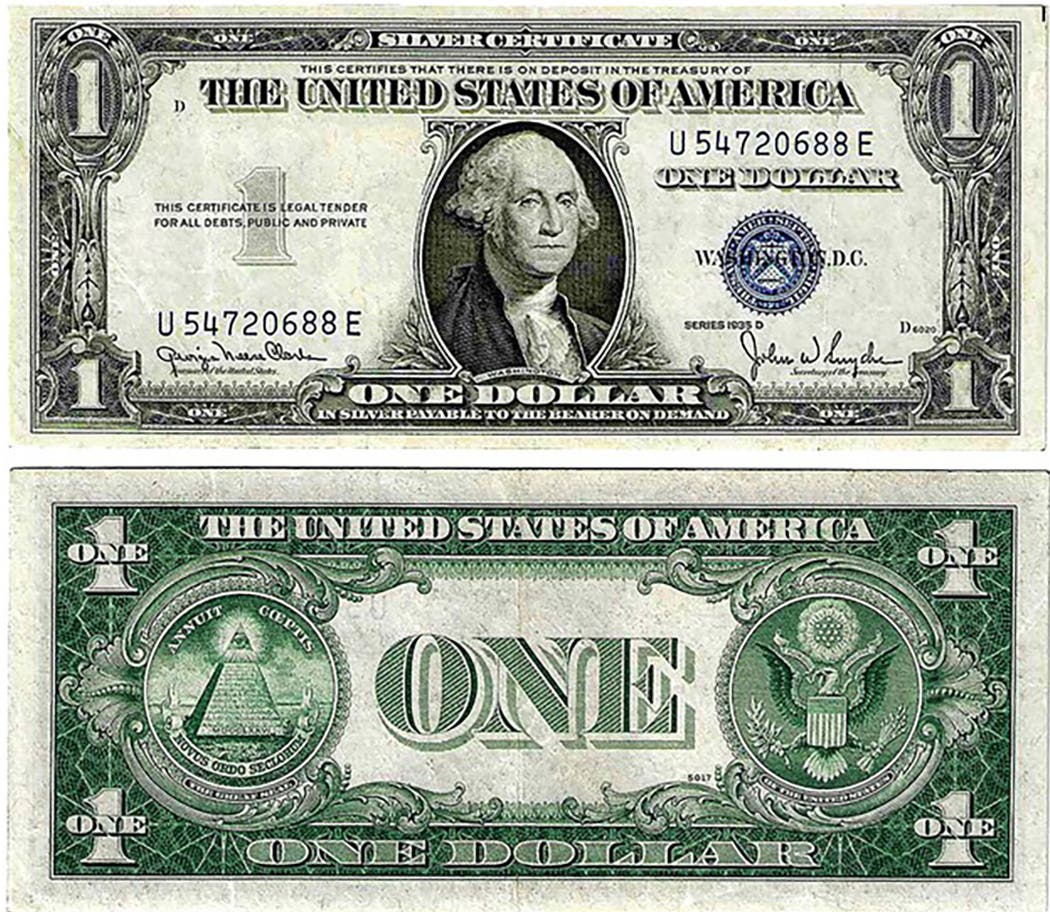Revive gold $1 coin as commem?
Whatever might be done with limiting the numbers of future U.S. commemorative coin programs, I think the time has come to alter the present program’s coin template. Since the Statue of Liberty program of 1986, basic commemorative coin offerings have been the $5 gold piece, the silver dollar and the clad half dollar. Many programs have been exclusively silver dollars, and once in a rare while a silver half dollar has been authorized.
Whatever might be done with limiting the numbers of future U.S. commemorative coin programs, I think the time has come to alter the present program’s coin template.
Since the Statue of Liberty program of 1986, basic commemorative coin offerings have been the $5 gold piece, the silver dollar and the clad half dollar. Many programs have been exclusively silver dollars, and once in a rare while a silver half dollar has been authorized.
The present high price of gold and silver makes an alteration to this approach imperative. More and more collectors are being priced out of the market. Sales results for this year’s offerings are plunging relative to numbers achieved in prior years.
What to do?
Well, I will not say expand the clad half dollar offerings. I think their history has pretty well been one of failure. The mintages of the 1986 clad half dollar – 6.4 million proofs and 700,000 uncirculateds – show how far we have fallen. The reason for the drastic drop off in interest? Just look at the low prices for those coins on the secondary market. That should tell you all you need to know. The uncirculated coin mintage was considered low in 1986. Boy, has that changed. You can buy one now on the retail market for less than the $4.95 wholesale price in 1986.
Collectors don’t like to sign on to such market failures in any large numbers.
Buyers of gold have been rewarded. Nobody who bought the 1986 $5 is complaining now, even though the 500,000 combined proof and uncirculated mintage was considered to be enormous. It was, but gold is gold and the 1986 issue has benefited from high bullion prices.
However, high prices for gold do discourage collector interest. Perhaps we should reach back to the classic commemorative coin series and revive the gold dollar as was used for the Louisiana Purchase, 1903; Lewis and Clark, 1904, 1905; McKinley, 1916-1917 and others. By doing this we have solid U.S. historical credentials and can reduce the price of each new coin by 80 percent.
Alternatively, we could put gold on hiatus and create a silver dollar and silver half dollar duo to do all of the heavy lifting in the commemorative program going forward.
The silver dollar proved to be a collector favorite far superior to the old silver half dollar since 1983, but high silver prices are punishing collectors on a budget. Perhaps being relieved of the need to buy new gold issues, enough hobbyists might find the money to keep the silver dollar issues lively.
Can a tiny gold dollar appeal to collectors? Would silver half dollars once again warm collector hearts?
You can argue that both approaches might fail, but it it is worth taking the risk because the present road on which the U.S. commemorative program is on will not lead to a happy destination. That is, of course, unless gold and silver prices plunge to the low levels that fed collector interest in commems in the first place.
More Coin Collecting Resources:
• Subscribe to our Coin Price Guide, buy Coin Books & Coin Folders and join the NumisMaster VIP Program


